From once bustling summer resorts to the unsettling sanatoriums; across the U.S. abandoned buildings and even whole cities still standing as haunting remnants of their former vitality.
Explore the former glory of 10 abandoned locations and witness the stark contrast between their former grandeur and their current state of decay
North Brother Island
Between 1880s and 1943 individuals afflicted by a contagious disease were expected to quarantine at North Brother Island, near New York City. A notorious resident whom history would affectionately call “Typhoid Mary” Mallon, a young cook in the 20th century would ultimately be responsible for infecting dozens of people with typhoid fever. After world war II the island would be used for housing for veterans, later becoming a camp for troubled teens.
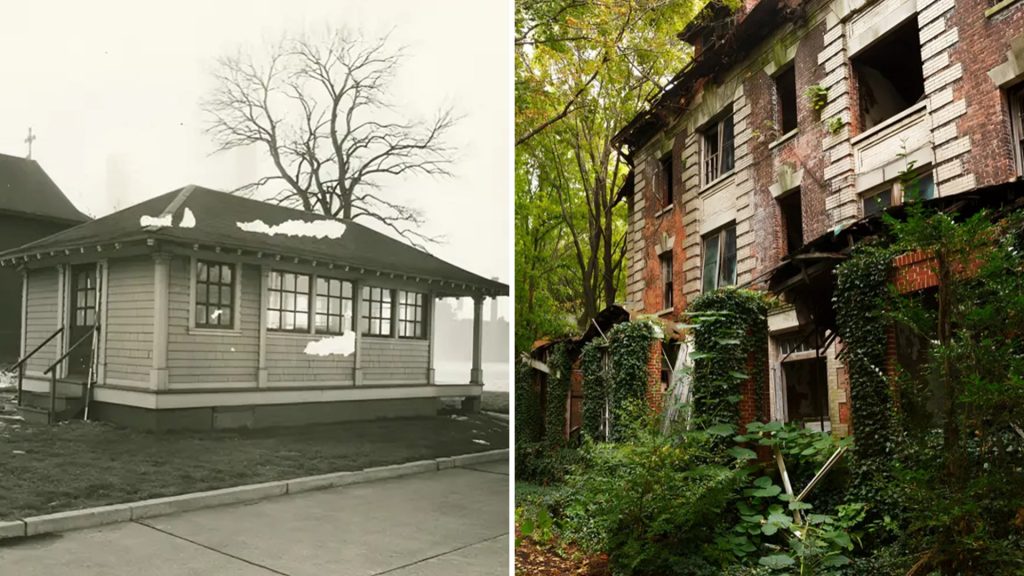
Now what remains are buildings slowly deteriorating into nothing. A far cry from its former history, the island is now preserved as a bird sanctuary. The New York department of Parks and Recreation restricts access to what remains of the morgue, dormitories, and boiler room.
The Kenncott Mines
The Kenncott mines in Alaska processed close to $200 million worth of copper from 1911 to 1938. At its height this place was a bustling mining town with 500 residents, 300 hundred of which worked at the mill, with the other 200 worked in the mines.

The mine was closed in 1938 and shortly after the town was abandoned. Efforts are being made by the National Park Service to restore what remains of the structures in the town.
Waverly Hills Sanatorium
Constructed in 1910 in Kentucky, Waverly Hills Sanatorium was built as a place to house those suffering from Tuberculosis. It ultimately closed in 1961, and it’s said that over 6,000 people lost their lives there. Many who visit the sanatorium claim that it is haunted.

The horror film “Death Tunnel” drew its inspiration from the accounts from the alleged paranormal activity within the underground passageways at Waverly Hills. Scheduled tours of its grounds can be made for those with an itch to experience the ghostly haunt.
The Pines Hotel Ice Skating Rink
Situated in South Fallsburg, New York the Pines Hotel was a noteworthy establishment within the “Borscht Belt”, a cluster of prominent hotels that gained traction with the Jewish community in New York from 1950s to the 1960s,
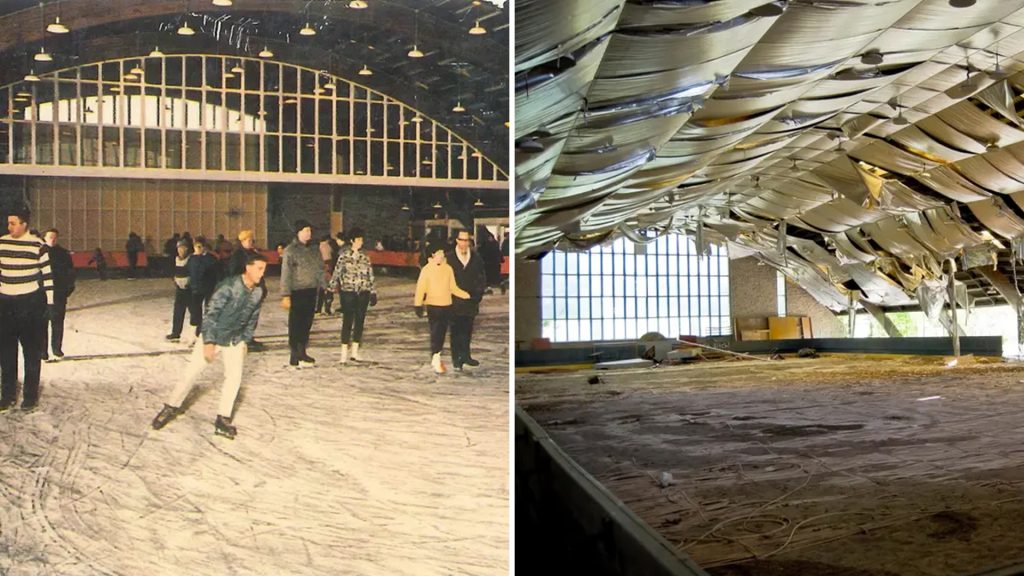
The Pines Hotel skating rink in its current state, most would agree that its seen better days. After cheaper air travel to warmer, more tropical destinations became more prevalent in the 1960’s the Borscht Belt experienced a steady decline. This once bustling hotel now stands in ruins.
Ohio State Reformatory
Known for its debut in “Shawshank Redemption” this reformatory was opened in 1896. In Its peak around 1955 it housed 5,235 prisoners.
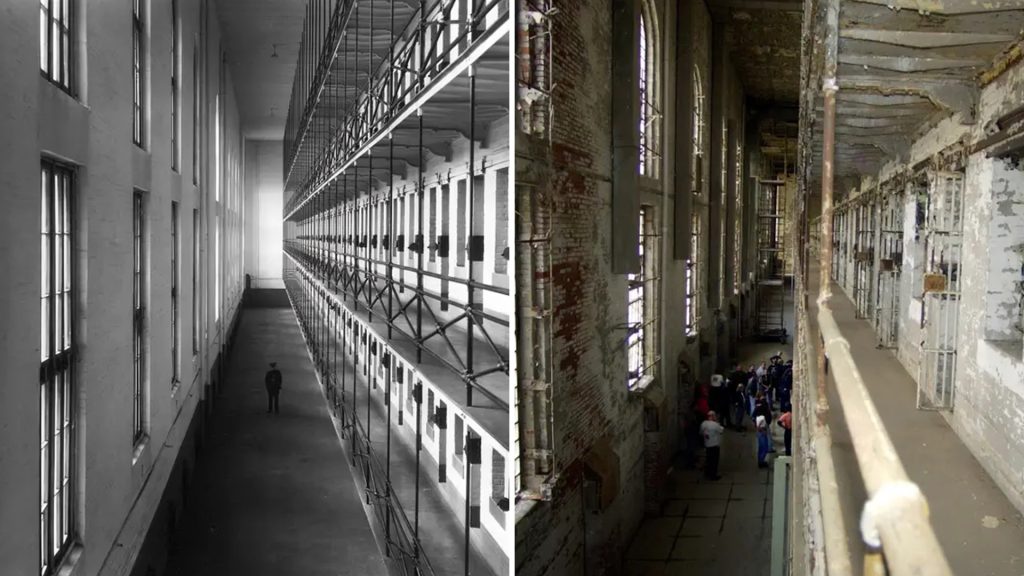
It was officially closed in 1990 and now serves as a museum to the public, it even offers a tour led by one of its previous prisoners.
Houston Astrodome
In 1965 the Houston Astrodome became the first dome shaped multi purpose stadium. With a capacity of 70,000 people it became a hub for an array of events, including concerts, sports events, and various conventions.

The last event to take place on its glorious ground was in 2002, it’s now used as a shelter when natural disaster strikes.
Gossinger’s Resort
Yet another prominent destination amongst the Borscht Belt is the Grossinger Resort, also known as the “Waldorf in Catskills”. According to the New York Times the resort was the inspiration for the timeless film “Dirty Dancing”. During its popularity it would see over 150,000 visitors annually, and was known to be the host to the elite such as Jerry Lewis and Milton Berle.

Shutting its doors indefinitely in 1986, the once-elegant gazebos, and luxurious pools are becoming permanent fixtures of the surrounding foliage.
New York City’s First Subway Station
Conceived in the late 19th century and early 1900s by a Spanish engineer named Rafael Guastavino, the subway would be the first of its kind in New York City.
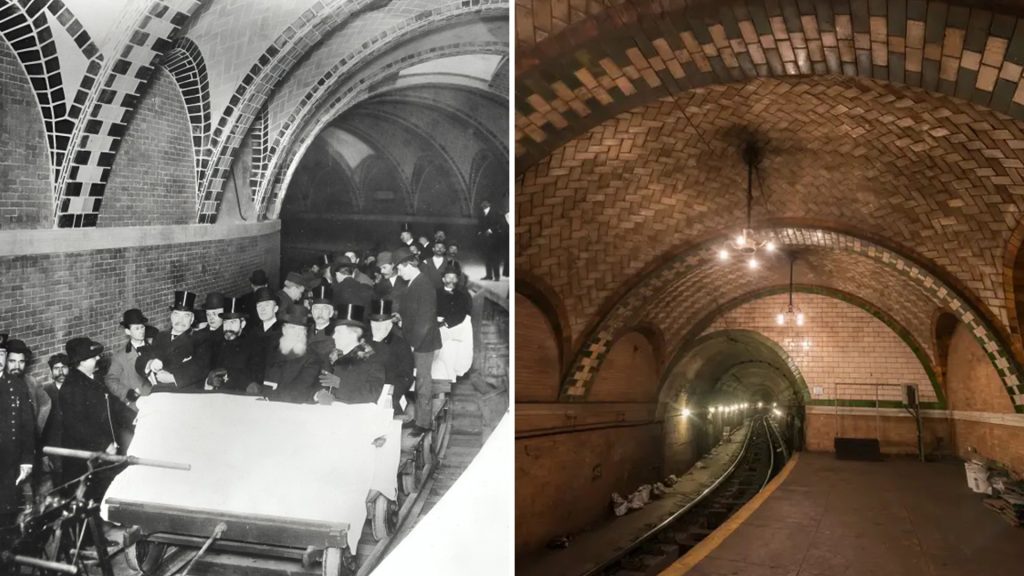
The station closed in 1945, the only access now to the deserted subway station City Hall is by guided tours.
Michigan Central Station
Distinguished as “Detroit’s Ellis Island” the station featured 54-foot ceilings, impressive 68-foot Corinthian columns, and elegant chandeliers. In 1913 when it was built it was the tallest railroad station in the entire world.
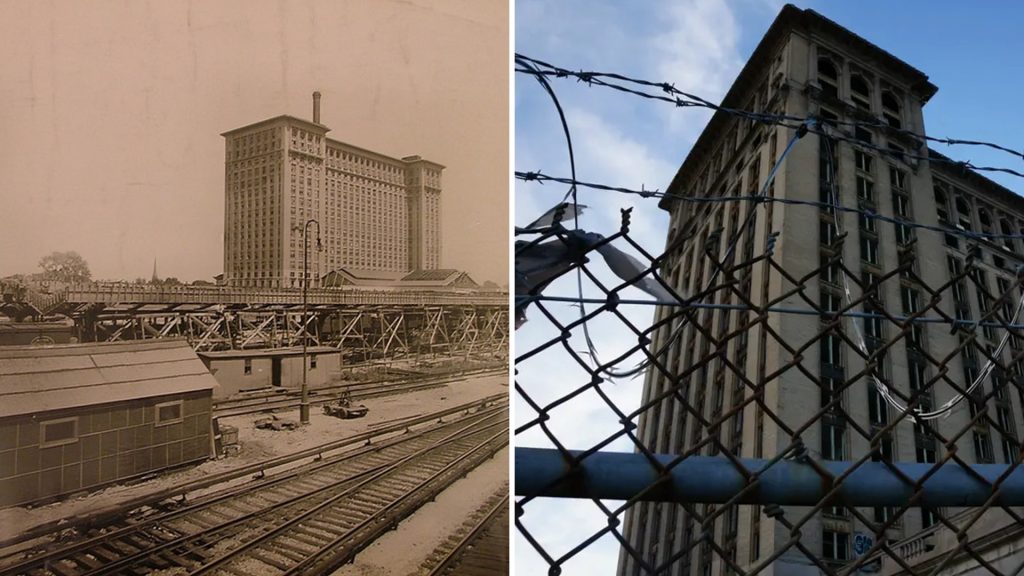
After the last train departed from the station in 1988, it fell victim to theft and vandalism, this continued to occur until the city erected a barbed wire fence in 1995. The building is currently under contract with Ford Motors, with plans to renovate and restore it to its original grandeur.
Eastern State Penitentiary
Established in 1829, Eastern State Penitentiary quickly earned its notoriety for its unorthodox practices. The prison’s tactics for punishment were particularly brutal, the use of “iron gag” binding prisoners hands to an iron collar in their mouth was commonplace. Additionally the use of the “mad chair” which subjected the prisoners to such tight restraints that amputation became necessary for their limbs.
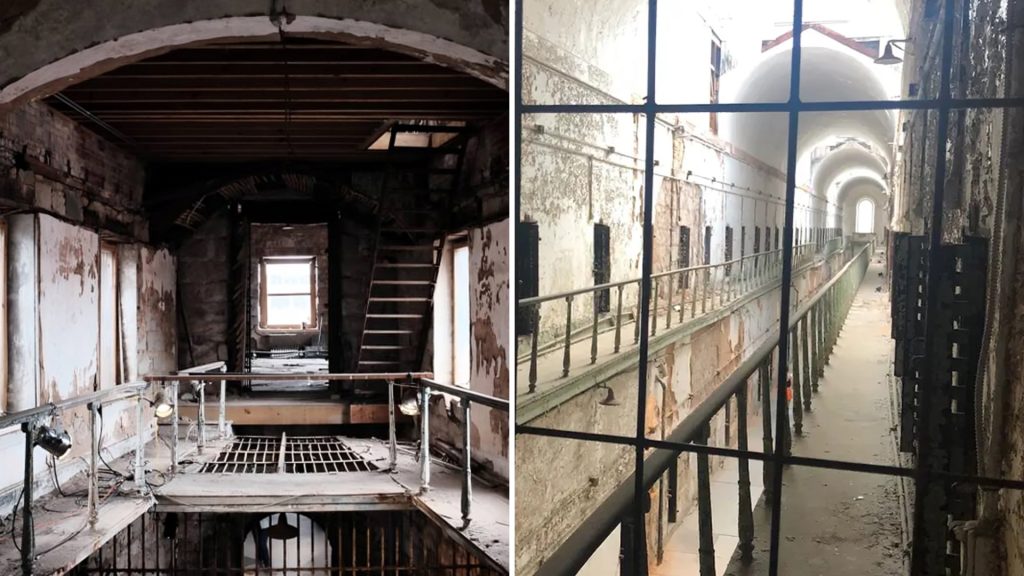
It closed its doors in 1971 and has been completely abandoned since. Today it’s considered a historical landmark and museum.






